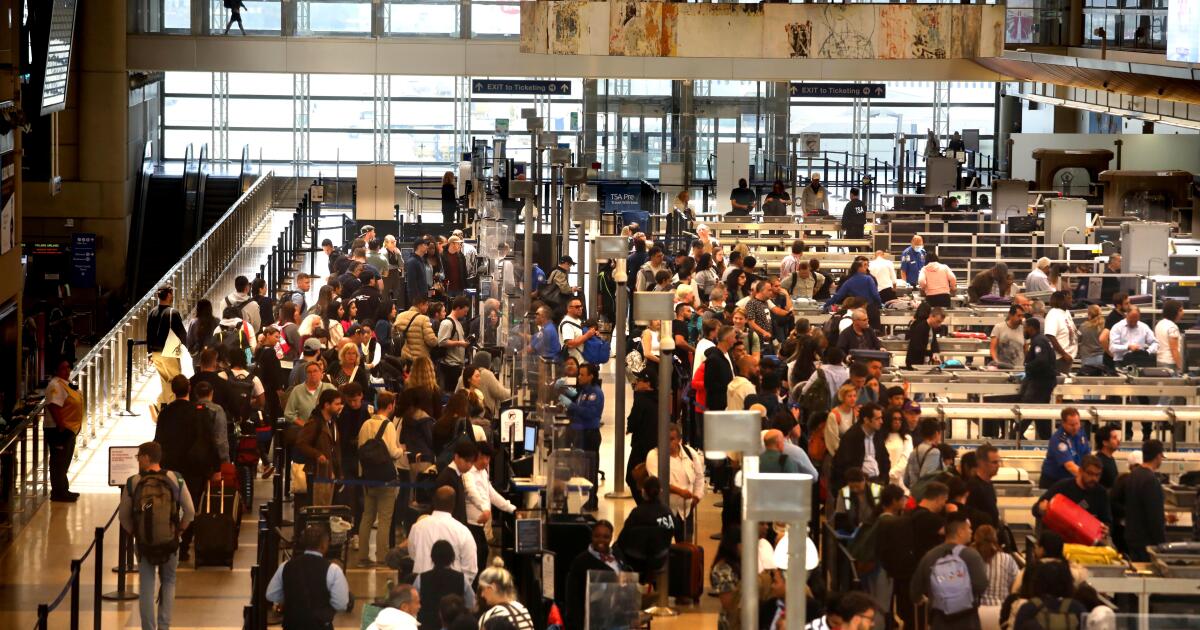
California and other parts of the country are experiencing an increase in Covid cases due to the emergence of a new variant called KP.2, which is overtaking the dominant Covid variant in the US. This raises concerns for a potential summer surge in cases across California and the nation. The rate of Covid spread has been relatively low this year due to immunity from vaccines and past infections, but wastewater levels have been increasing since mid-May, particularly in the West where California has the highest levels. Dr. Ashish Jha, dean of the Brown University School of Public Health and former White House COVID-19 response coordinator, expects a summer wave of Covid-19 cases due to travel and air-conditioned gatherings. The new variant KP.2 belongs to a group called FLiRT variants which are a subset of Omicron tree variants. One change from JN.1 in KP.2 could significantly impact F456L, possibly enhancing ACE2 binding affinity or decreasing antibody binding efficiency, and V1104L has been added to the S2 subunit of the spike protein in KP.2 which may improve the efficiency of fusion with host cell membrane and viral genome entry. The variant shares three mutations with the first departing variant from the original Wuhan virus: D614G in the spike, P323L in NSP12, and C241U synonymous mutation. Synonymous mutations in KP.2 influence the tertiary structure of its RNA and can contribute to adaptation to human host environment, impacting the abundance of viral proteins and immune responses in infected individuals.



